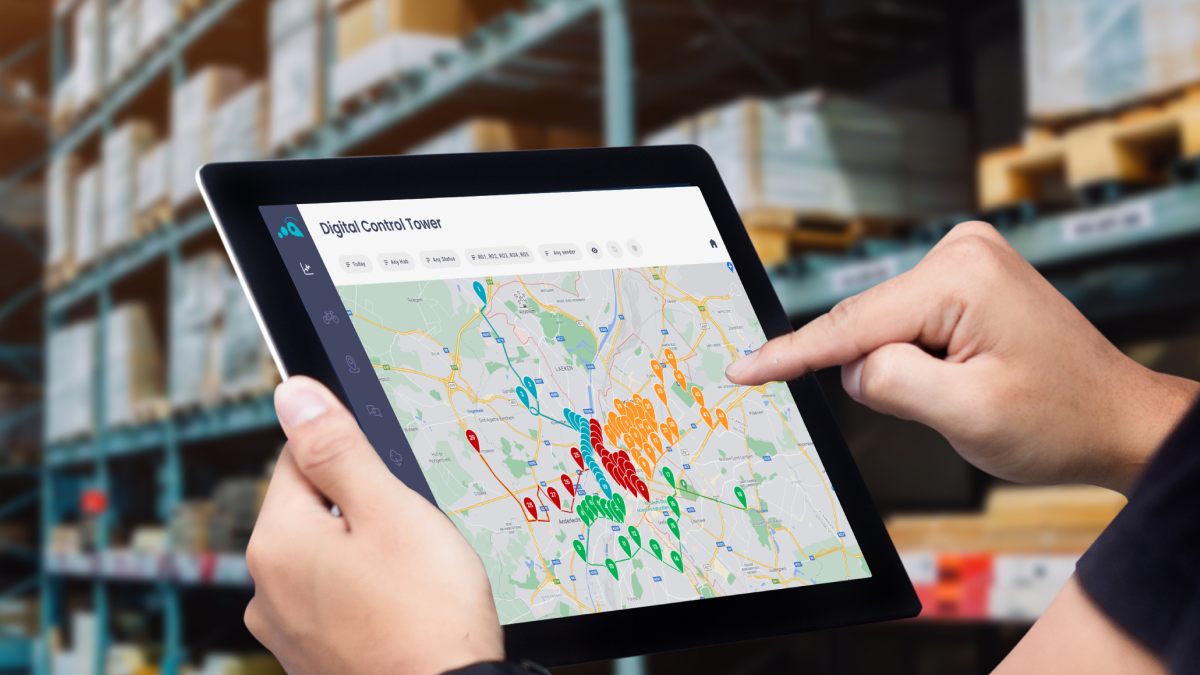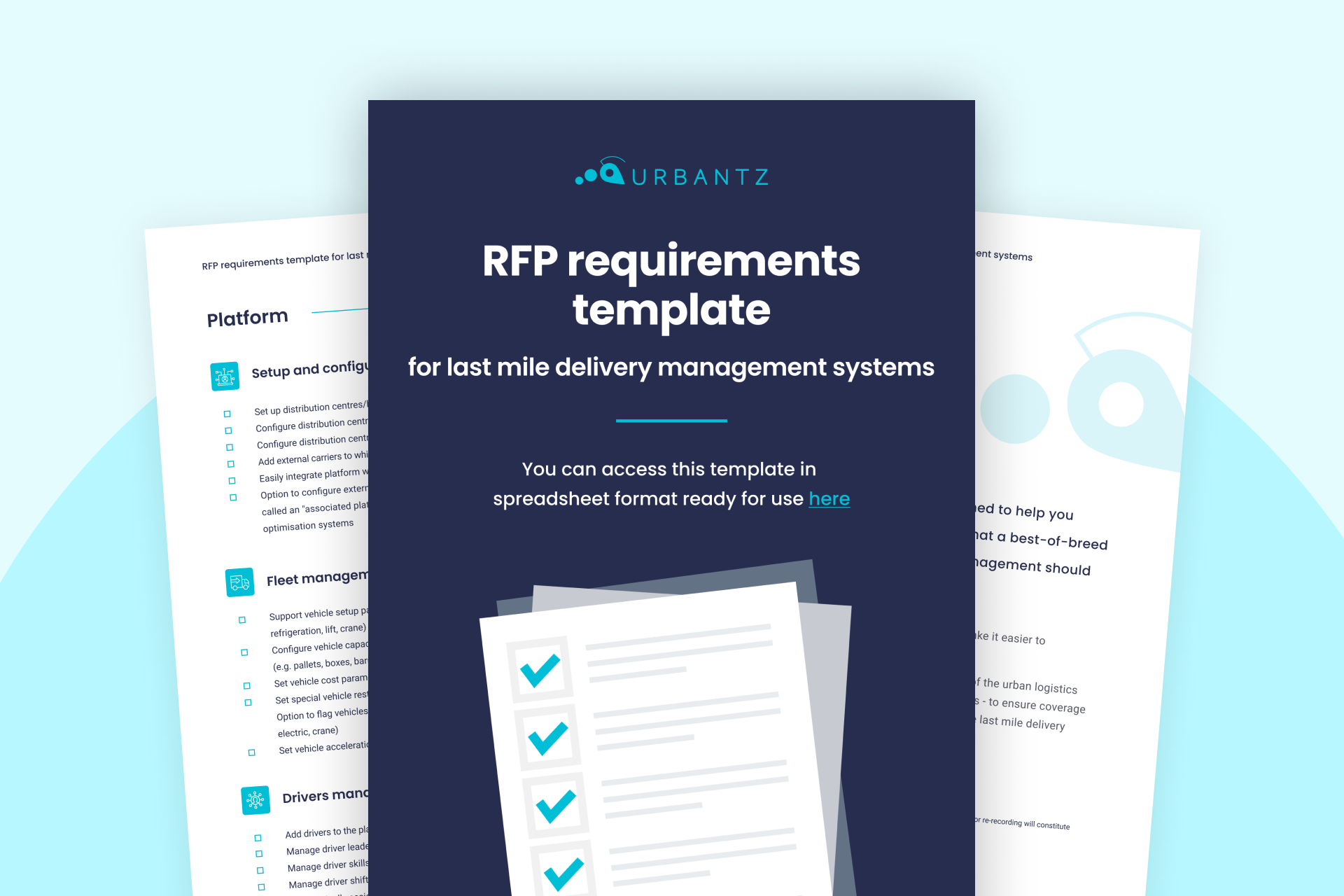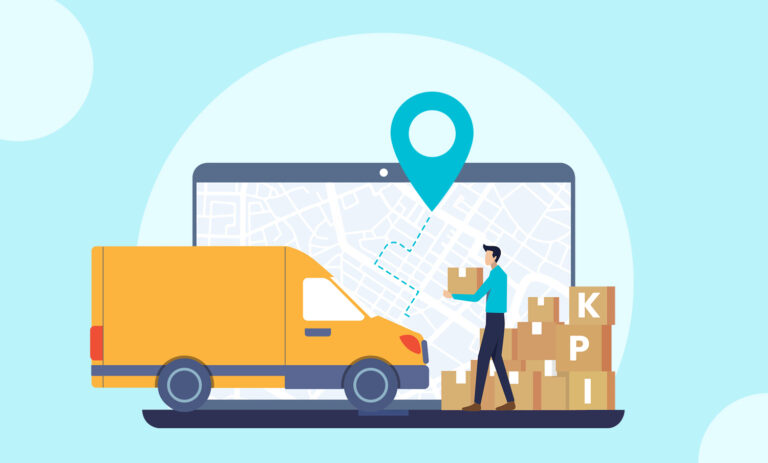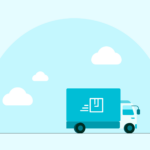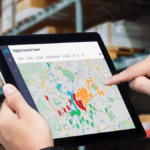

“If only we knew at the start what we know now…”
That’s a common refrain I hear when I talk to carriers who are going through digital transformation of their delivery operations. In these conversations I’ve picked up a few tips on the most successful ways to implement delivery management software.
I’m sharing them with you for inspiration if you’re planning to embark on your own digitalisation project in the new year. Here are 5 strategies to successfully digitalise logistics in 2023.
Why digital transformation? Why delivery management software?
Before I get into it, I just wanted to take a moment to explain exactly why digital transformation is so necessary as we move into 2023 for those logistics and retail companies that haven’t yet made the switch to modern delivery management software.
Simply put, digitalising your last mile brings tangible benefits that you’ll only feel more keenly as we move into a difficult year of ecomnomic downturn.
- Increased visibility leading to greater market share
- Improved drop density proving out ROI
- Extended delivery capacity supporting scalability
There will be further benefits based on specific use cases. Let’s take a quick look at the main verticals we support at Urbantz.
- Logistics: From managing multiple shippers in one platform; and the ability to brand delivery experiences on a per-shipper basis; to sustainability features that help you cut emissions and meet targets; as well as the ability to win new customers by providing premium customer experience out of the box.
- Grocery: Easy multi-carrier management enables rapid onboarding of new delivery methods, such as express or click-and-collect; while real-time delivery slots help you cut down on failed deliveries; and the ability to configure complex workflows involving refrigerated goods lets you very easily build any required delivery use case
- Big and Bulky: Get a more accurate picture of your last mile operations to minimise failed deliveries with real-time slot booking; while advanced workflows ensure your resources – drivers with the right skills and appropriate vehicles – are deployed in the most efficient-possible manner to maximise yoru margins.
- Ecommerce: Manage all your carriers in real-time and with full visibility from one platform; and ensure that your brand always shines with a consistent delivery experience; whether you’re prioritising the cheapest, the quickest or the greenest deliveries in your dynamic route planning.
But once you’ve decided to undertake digital transformation, where to begin? Read on for some of the top strategies I’ve picked up in my time.
1 – Fill those digital transformation knowledge gaps at the start of the project
One of the biggest challenges right off the bat for digital transformation is that you know that your existing solution isn’t delivering, but you don’t have good visibility on the delivery management software solutions that would improve things.
Whether you’re a senior leader making the decision for change based on top-line metrics or a project manager charged with implementing that change, chances are you don’t constantly stay up on the latest developments in last mile delivery management software.
Luckily, identifying the knowledge gap is half the battle. From there, it is a relatively simple process to fill in that expertise. If you don’t have it internally and your team doesn’t have the time to do the research, hire a consultant who can help steer you in the right direction.
Remember, there are things that you know you know. Things you don’t know you know. Things you know you don’t know. And things you don’t know that you don’t know. The last two are tough. The last one can be killer. But a consultant will make sure you aren’t overlooking anything, obvious or otherwise.
Wherever you find that expertise, it’s critical that you do your due diligence at the outset. Why? Because the tender process can be a minefield otherwise…
2 – Choose software that will support your use case
What do I mean by minefield? So many times, people choose vendors because they are the cheapest. But potentially a bigger issue is being overly won over by an impressive demo. Demos are great because they let you get a real feel for the product. But remember that they exist in a vacuum of sorts. A controlled environment where the vendor has control over all the variables and is following a script designed to show their product in the best light.
I’m not saying that you shouldn’t trust demos or to disregard everything that they say. But you should always approach them with a healthy scepticism. Otherwise you may find that you start implementing a solution before it finally dawns on you that it doesn’t fully support your use case.
Then you’re facing delays and extra investment just to get up and running.
What’s the answer then?
Make sure to include operational, technical and business stakeholders in the tendering process. Impress upon each the importance of scrutinising the platform being demonstrated. Bring questions and, if you can, ask them to demo based on a sample of your actual data.
And make sure that you are thoroughly satisfied that the solution can robustly serve your use case and meet the technical requirements of your other systems before signing that contract.
Above all, be thorough during the tendering process. It’s where the long-term viability of the solution should be established.
NEXT UP: Choosing the best last mile software to scale
3 – Identify the potential risks and opportunities of digital transformation
Firstly, be realistic about the success metrics for any implementation project, especially one as momental as a move into the digital world. Digital transformation can be a painful and protracted process. Not just because of the technical hurdles that may be presented, but also because of the culture.
Digital transformation is about changing attitudes and ensuring everyone is invested and pulling in the same direction.
So ask yourself:
- What will happen to the project if it fails to meet deadlines or milestones?
- Will the extra cost be absorbed or will it be axed?
- Do you have a strong project manager that will be accountable for delivering to brief?
- Do they have the support of the relevant stakeholders required to ensure the implementation is a success?
If you’re a senior leader, once you’ve initiated the project, it can be fairly hands off until it comes time to consider proposals. But the most important role you can play is to build a strong implementation team in order to see the project through.
Interested in learning more about delivery management software? Check out our on-demand video series
4 – Go off the shelf for the best ROI
This is something my colleague Jonathan Weber, Urbantz co-founder and CEO, was talking about recently. I encourage you to check out his post.
Essentially it boils down to this: In 2023, you can no longer match the productivity and functionality of commercial off-the-shelf (COTS) delivery management systems by developing in-house.
Here’s how Jonathan put it: “High-cost-low-quality home built solutions developed as a result of ‘not-invented-here’ syndrome should now be considered SERIOUS mismanagement.
“You may as well develop a new ERP, which would be an equally good use of company resources!”
Enough said.
MORE FROM JONATHAN: How to boost ROI from your last mile software during a downturn
5 – Win the hearts and minds of your users
The success of any delivery management system ultimately depends on drivers and dispatchers embracing your new solution.
You might think a cool new system that promises to deliver greater efficiencies and functionalities is great. But others may not agree. In fact, they might be resistant to change, especially if the legacy approach works for them.
Make sure all stakeholders feel heard and find ways for them to contribute to the project.
This is something wholesale food delivery specialist Solucious did to great effect. They created a drivers’ focus group to test the Urbantz app during implementation.
Isabelle Goossens, Implementation project manager at Solucious, explained: “With the introduction of Urbantz, it was very important to us that everybody knew the change that they were going to undergo.
“We received feedback and then we would optimise the app.”
Only once they were satisfied that it would actually make the job easier for drivers was the implementation finalised.
Recap
If you’ve been through digital transformation before, you’ll know the pitfalls that lie ahead and you’ll probably have some tips and cautionary tales of your own. But if it’s your first time, these strategies should help ensure you have the best chance of success first time.
1 – Fill knowledge gaps first
2 – Choose the right software
3 – Identify risks and blockers
4 – Go off shelf for better ROI
5 – Win hearts and minds
If you’re weighing up your options right now for a last mile carrier and are also considering delivery management solutions, then you’ll find our RFP checklist useful.
Whether it’s grocery delivery, or ‘big and bulky’ orders, last mile carriers are a great way to offer a more comprehensive and optimised customer delivery service. One that, in turn, enables you to scale and grow more quickly as a business.

